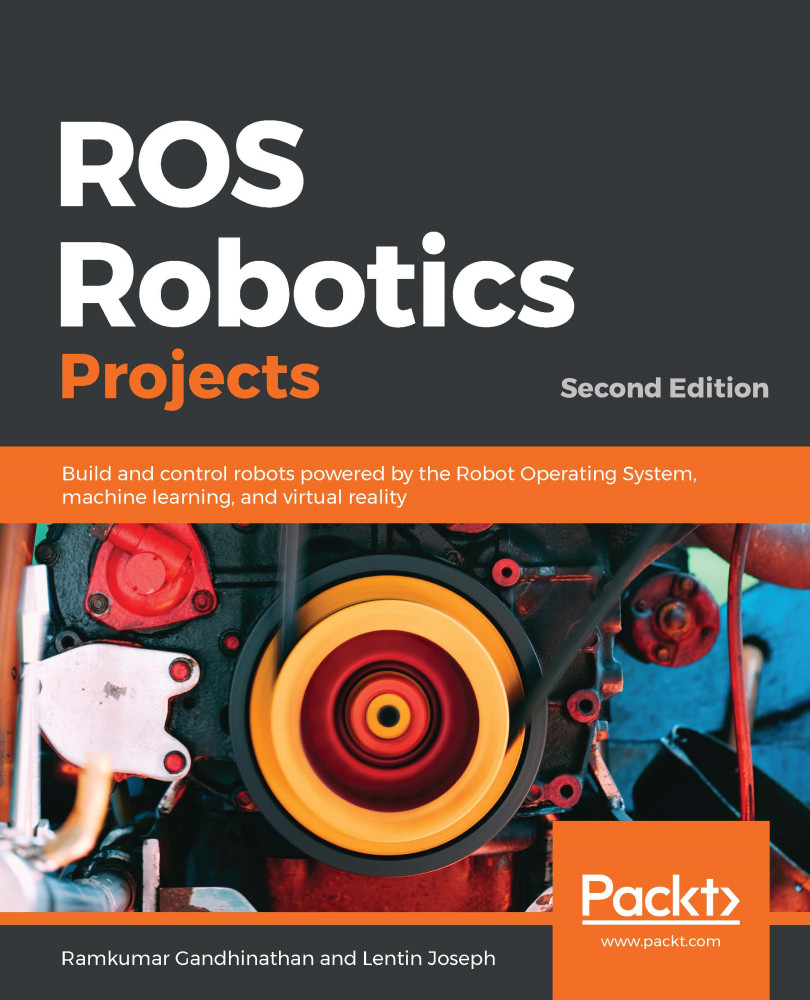What actually is deep learning? It is a buzzword in neural network technology. What is a neural network then? An artificial neural network is a computer software model that replicates the behavior of neurons in the human brain. A neural network is one way to classify data. For example, if we want to classify an image based on whether it contains an object or not, we can use this method.
There are several other computer software models for classification such as logistic regression and Support Vector Machine (SVM); a neural network is one of them. So, why are we not calling it a neural network instead of deep learning? The reason is that, in deep learning, we use a large number of artificial neural networks. So, you may ask, why was it not possible before? The answer is: to create a large number of neural networks (multilayer perceptron...


































































